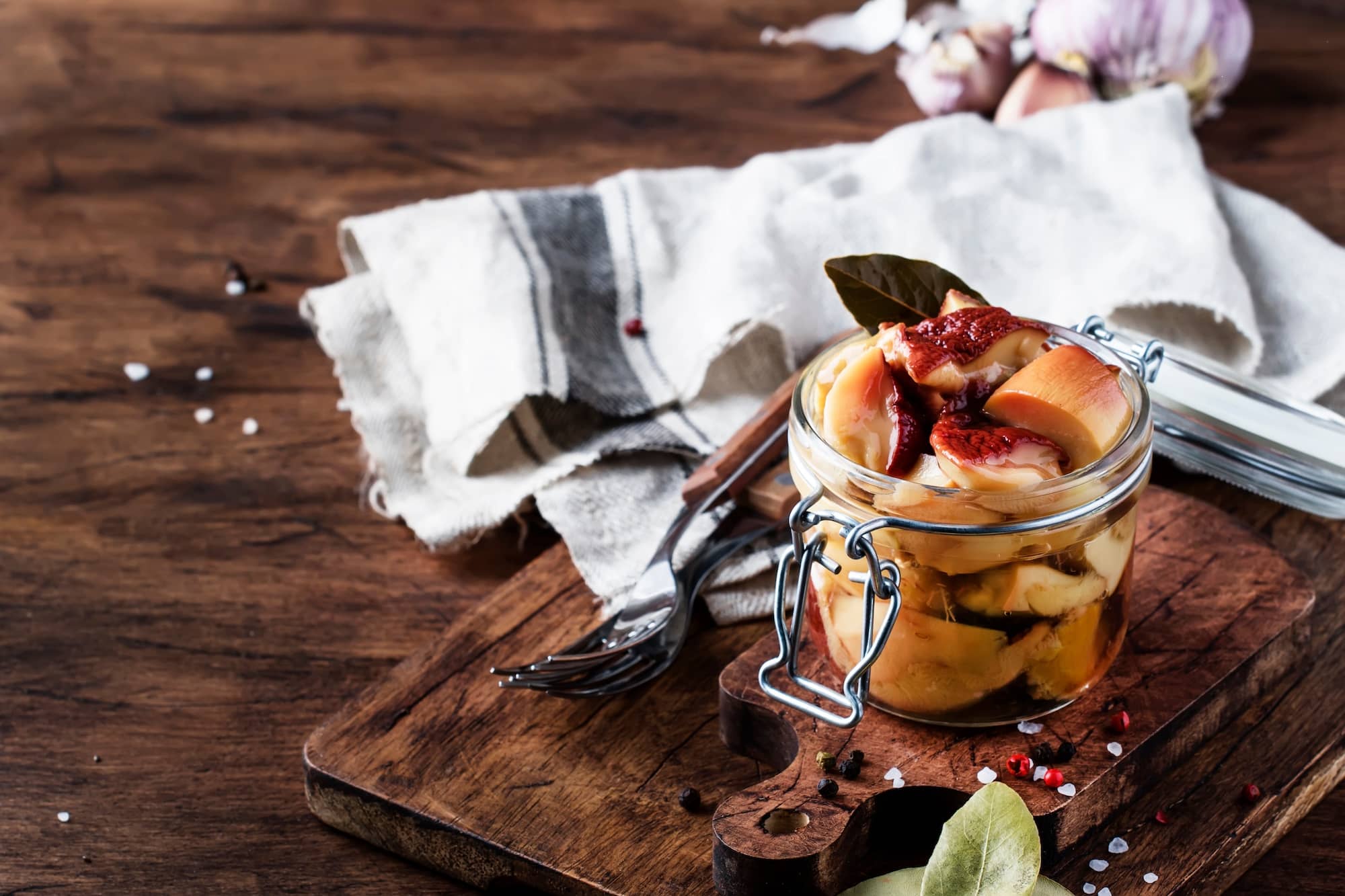
How to Preserve Mushrooms in Oil: A Time-Tested Technique for Mushroom Enthusiasts
Mushrooms have been a beloved ingredient in cuisines worldwide, known for their earthy flavors and versatile culinary uses. However, their shelf life can be frustratingly short. For those looking to extend the life of their fungal bounty, storing mushrooms in oil is an effective and delicious preservation method. This technique not only keeps mushrooms fresh longer but also infuses them with flavors that enhance their use in various dishes.
The Benefits of Preserving Mushrooms in Oil
Preserving mushrooms in oil, often referred to as "mushroom confit," offers several benefits:
- Extended Shelf Life: Mushrooms preserved in oil can last for several months when stored in a cool, dark place.
- Flavor Enhancement: The oil can be seasoned with herbs, spices, or garlic, which infuse the mushrooms with additional flavors, making them a ready-to-use ingredient in your cooking.
- Versatility: Oil-preserved mushrooms can be used in numerous recipes, from appetizers and salads to pastas and stews.
Choosing the Right Mushrooms
Not all mushrooms are suited for preservation in oil due to their texture and water content. Firm varieties like button, cremini, and porcini work best because they hold up well during the cooking process and absorb flavors beautifully. Before you begin, ensure your mushrooms are fresh and free from blemishes.
Required Ingredients and Equipment
- Fresh mushrooms: As stated, choose firm varieties.
- High-quality oil: Olive oil is a popular choice due to its flavor and preservation properties.
- Herbs and spices: Garlic, rosemary, thyme, and black pepper are excellent for adding taste.
- Sterilized jars: Proper sterilization of jars is crucial to avoid contamination and spoilage.
Step-by-Step Guide to Preserving Mushrooms in Oil
Step 1: Prepare Your Mushrooms
Clean your mushrooms by wiping them with a damp cloth to remove any dirt. It’s advisable not to wash them as they absorb water easily, which could affect the preservation process. Slice them uniformly to ensure even cooking.
Step 2: Blanch or Sauté
Blanching or sautéing mushrooms before preserving them in oil is essential as it helps reduce their water content and kill any bacteria. To blanch, boil them in water for two minutes and then plunge them into ice water. To sauté, cook the mushrooms in a small amount of oil until they begin to brown.
Step 3: Flavor the Oil
Heat the oil in a saucepan and add your chosen herbs and spices. Simmer the oil for about five minutes to allow the flavors to infuse. Let the oil cool slightly before the next step.
Step 4: Combine Mushrooms and Oil
Place the prepared mushrooms in sterilized jars and pour the flavored oil over them, ensuring the mushrooms are completely covered. The oil should fill the jar while leaving about a half-inch of space at the top.
Step 5: Seal and Store
Tightly seal the jars and store them in a cool, dark place like a pantry. Wait at least a week before using the mushrooms to let the flavors develop fully.
Safety Tips and Best Practices
- Ensure all equipment is sterilized to prevent the growth of bacteria.
- Always use a clean spoon to remove mushrooms from the oil to avoid contamination.
- If the oil smells rancid or the mushrooms show signs of spoilage, discard them immediately to avoid food poisoning.
Culinary Uses of Oil-Preserved Mushrooms
Oil-preserved mushrooms are incredibly versatile in the kitchen. Use them as a topping for pizzas, toss them into pasta dishes, or include them in antipasti platters. The infused oil can also be used as a flavorful base for dressings and marinades.
Preserving mushrooms in oil is not just a way to extend their shelf life—it’s a technique that can elevate your cooking with enhanced flavors and added convenience. Give it a try, and you might find these mushrooms becoming a staple in your pantry.
